Concert photography—it will either make or break your passion for the art. It can be the easiest or the most difficult shooting experience you’ll ever have, and it rarely lives anywhere between.

For the record, I don’t consider myself a “concert photographer.” I’m a “people” photographer who happens to really enjoy gigs that require me to point the camera at performing musicians. However, in a sense, I do feel indebted to concert photography, because its joys furthered my appreciation for the art of picture-making when I was just starting out in professional photography. Now, as an on-location photographer, I see a ton of interesting things during gigs, but I think concert photography is such a unique experience that it’s worth exploring here.

Through My Lenses
The good: You have artists that are doing something extremely interesting and who are paying absolutely no attention to you. Here’s an example: there’s soul men like Charles Bradley (see above), decked out to the nines in a crisp suit and glistening with sweat as he’s on the brink of tears. The lighting is excellent—dramatic—and there’s a packed house of good-looking people just absolutely feeling the music. You’re golden. Nothing could go wrong save someone throws their beer at you (which has thankfully never happened to me), and the only thing you’re worried about is if you can change your lenses fast enough. Your editor loves the photos, your friends tell you it’s like they were there again, and your girlfriend wants to cook you dinner.
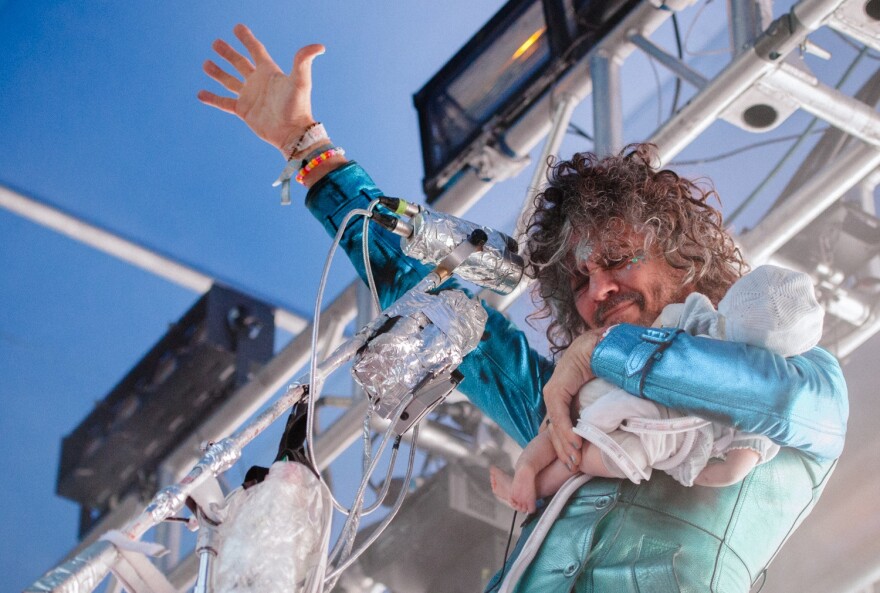
The bad: You are shooting a show with no photo pit, so you have elbowed your way to the front row, pissing off hissing teenage hipsters by the dozens, and you are telling all of your jokes to the person who is now becoming intimate with your camera bag. “I’ll only be here for three songs,” you say. You think you hear someone yell, “Scram!” Who even says that? I thought people only said that in detective movies. Anyway, the band comes on and the lead singer stares at his feet the whole time, and the band is lit with the equivalent of a candle. So you bump up the ISO to that point well above 6400, when your camera screen only reads WTF. You practice the grip where you have the camera rested on your left shoulder, spray some shots, and pray for the best. Then, you post-process the hell out of the whole thing so that it’s passable.

Three Songs, Then You’re Done Kid
Unless you are the house photographer or hired by the band (some people would say that’s their dream job, I’d say it’s boring doing the same thing every night … that’s why I’m a photographer: variety), you have three songs. Depending on the band, that can range from six minutes to a whopping 10 whole minutes. Most people are surprised when I tell them that I get three songs in the pit before some huge guy in an official-looking security uniform comes and looms over me as I pack up my gear. Can you imagine if your boss came to your desk and said, “Well, you’ve written reports before, so you’ll probably be fine to whip something up in 10 minutes, right?” Then, he opens a laptop and off you go. Would that freak you out? Maybe you’d be way more efficient.
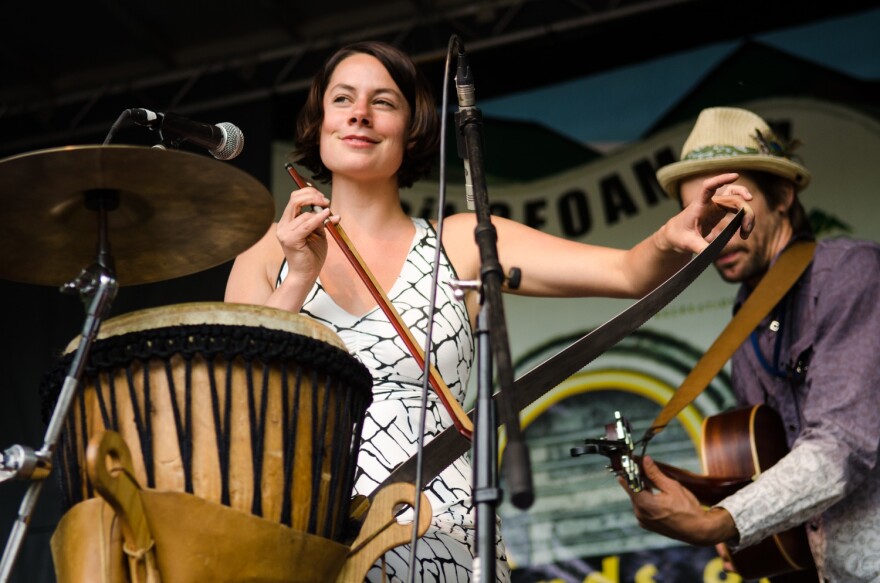
How I Shoot
I shoot on a Nikon D600—the full frame sensor really helps in low-light situations. I use a 24-70mm f/2.8 and a 70-200mm f/2.8, and the aperture is always as wide open as possible (unless it’s a day show or a music festival, of course. I carry them both and generally switch lens between songs (I only like to bring one camera body so as to travel light and keep my cost of gear on my back to a minimum). Sometimes, I like to practice a bit of self restraint and only use a 50mm f/1.4 or other fixed, prime lenses. Just one lens for the show. It’s fun, in a weird sort of way. Maybe I’m a masochist. Also, I generally shoot in Aperture Priority Mode and adjust the ISO as needed. So many folks say “Manual Only,” but I’ll tell you what, these cameras are generally pretty smart and I find them to be accurate 90 percent of the time, and when you only have three songs to make it happen, 90 percent is pretty darn good. There is so much going on, if I can use a computer brain to do some of my thinking, I’m in. As needed, I’ll chimp and adjust by using exposure compensation. I then try to post-process everything quickly in Lightroom.

Pit Life
Because the photographers are so close to the artists, some people think that it must be like a magical wonderland down there, a place where champagne flows freely and the work attire is a robe and slippers and photographers sit in chase lounges while the assistants actually do all the work. Well, they are right. It is!
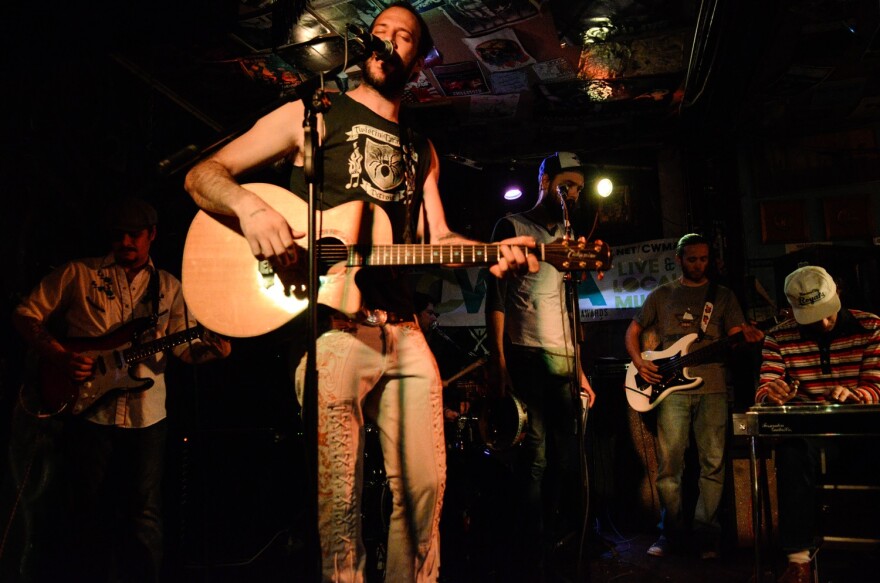
OK, no it’s not. For big shows, like, say, the Twilight Concert Series, there are a dozen people with very expensive gear slung around their necks, arms, belts. wherever, all crammed into a space that would fit half as many people. If that’s not bad enough, there are signs that warn, “Lasers Will Be Used. Do Not Stare At Them. They Can Cause Blindness.” And then once the band starts, photographers are jamming their way to get to the exact spot. In reality, they are all shooting the lead singer who’s five feet above them and cementing the moment in history so that people will know that the lead singer of The National needs to trim his nose hairs.
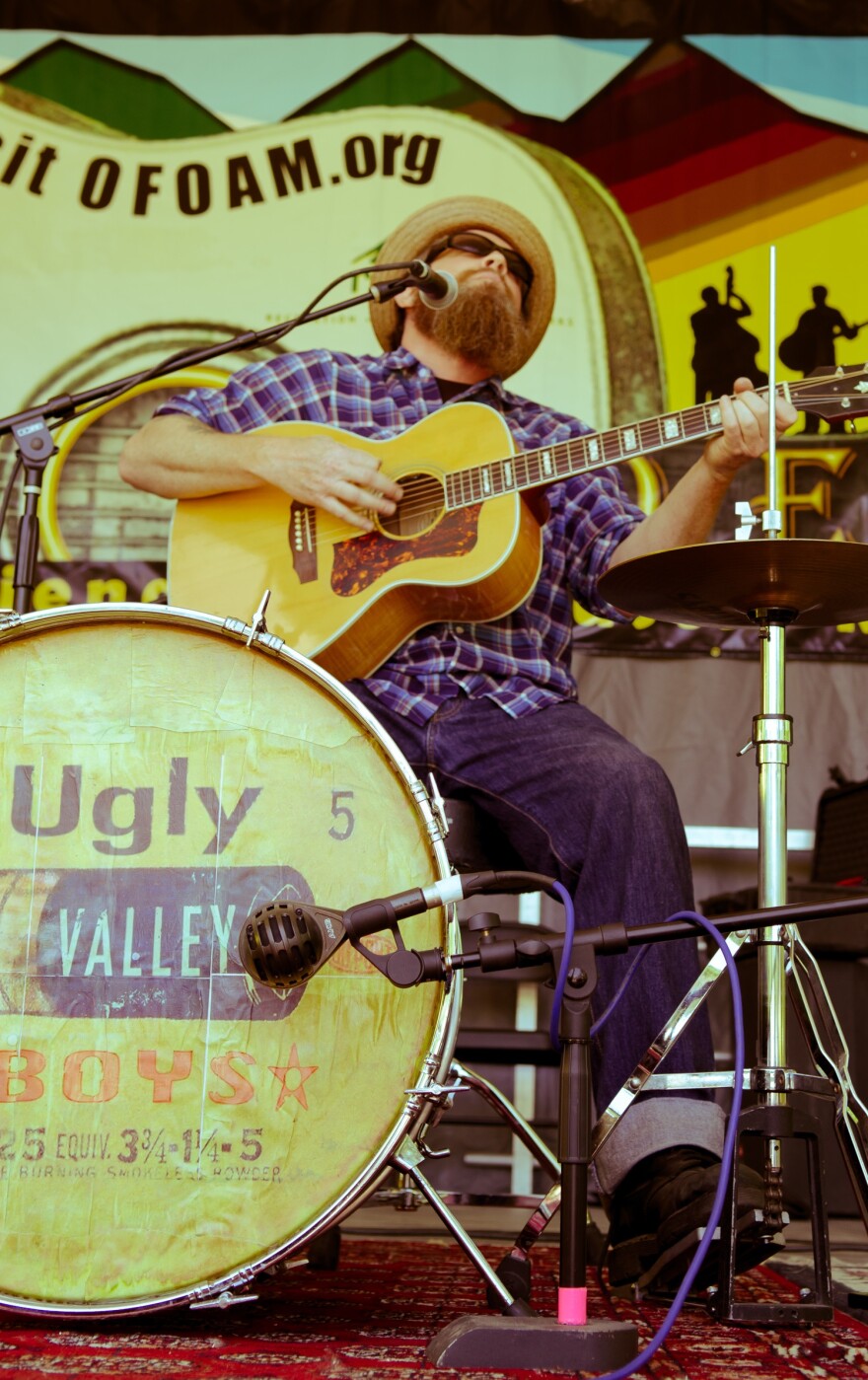
But when it’s good, the photographers are sharing space and there’s a collective experience: It feels like you’re engaging with the most visceral form of art (albeit your eardrums are lovingly bleeding) and every photographer is in sync, dancing around each other to capture the moment. Or something like that. But usually it just smells kind of funny.
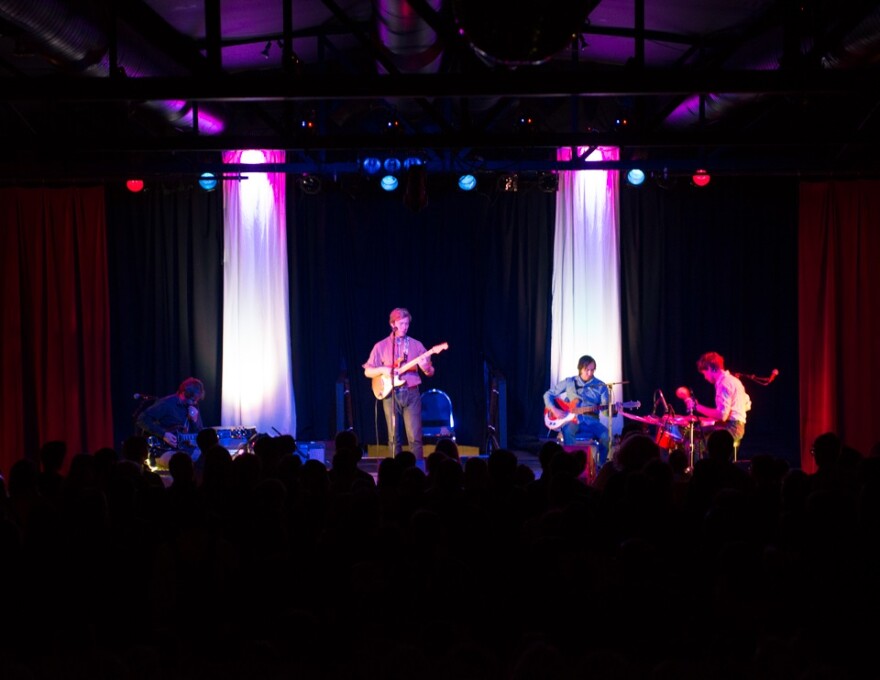
Austen Diamond is the former music editor of the City Weekly and a freelance writer for national and regional magazines covering arts, entertainment, food, and news. He's also an acclaimed photographer and photojournalist and produces 13% SALT, an online photo journal highlighting Utah's modern pioneers, subcultures and modern communities.


